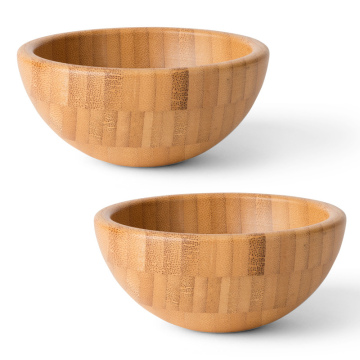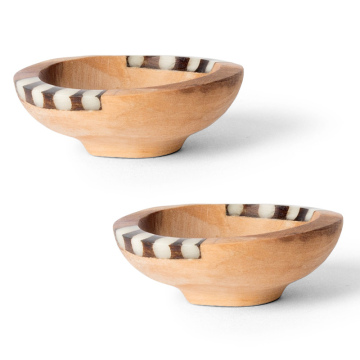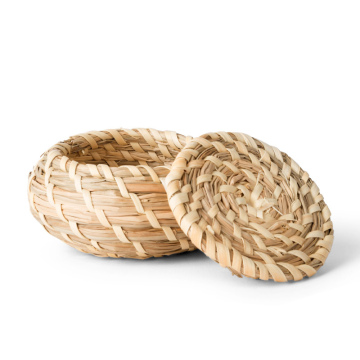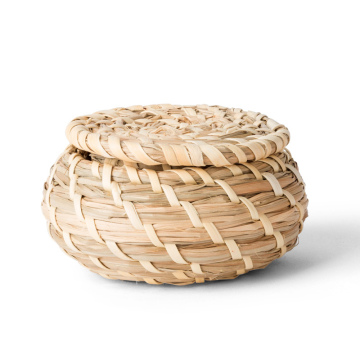A Taste of Japan: Exploring Sushi Delights
The Rich History of Sushi
Sushi origins can be traced back to ancient Japan, where it was initially conceived as a preservation method for fish. Utilizing fermented rice, early Japanese communities discovered that they could store fish, thereby enhancing its longevity. This technique, known as narezushi, laid the groundwork for the sushi we know today. Over centuries, sushi underwent various transformations, evolving from a means of preservation into a celebrated culinary art form.
During the Edo period (1603-1868), sushi began to take on its modern form. The introduction of fresh fish and the practice of vinegared rice marked a pivotal turning point in sushi's evolution. Nigiri sushi, a style featuring hand-formed rice topped with sliced fish, emerged as a popular street food in Edo, present-day Tokyo. This era also witnessed the birth of maki sushi, where ingredients are rolled in rice and seaweed, providing an accessible and portable meal for the growing urban population.
Regional variations of sushi developed as different areas of Japan embraced local ingredients and flavors. For instance, in Kansai, oshizushi, or pressed sushi, gained prominence, utilizing a wooden mold to create distinctive shapes. This diversity illustrates how cultural influences and local resources shaped sushi's myriad styles, reflecting Japan's rich culinary heritage. Additionally, historical figures played instrumental roles in sushi's development; sushi masters, known as itamae, adhered to strict traditions while innovating techniques that would influence generations to come.
In contemporary times, sushi has transcended its geographical boundaries, gaining global popularity. The fusion of traditional methods and modern culinary practices has led to the creation of new sushi styles and concepts, catering to diverse tastes around the world. As we explore the multifaceted history of sushi, it becomes apparent that its significance extends far beyond being a mere dish; sushi embodies a cultural identity that continues to evolve while honoring its heritage.
Types of Sushi: An In-Depth Guide
Sushi, a quintessential part of Japanese cuisine, encompasses a variety of styles that reflect both traditional and contemporary culinary practices. Each sushi type is characterized by its unique ingredients, preparation styles, and presentation methods, allowing for a diverse experience. The most recognized type is nigiri, consisting of a hand-formed mound of vinegared rice topped with a slice of fish or seafood. This style highlights the freshness of the protein, often garnished with wasabi or a hint of soy sauce for a flavor boost.
Maki, or rolled sushi, involves rice and fillings encased in a seaweed sheet (nori). There are two main subtypes: hosomaki, which features a single filling, and uramaki, where the rice is on the outside. Uramaki is often seen in Western sushi restaurants, with popular versions like the California roll incorporating avocado and crab meat. The visual appeal of maki is compelling, showcasing vibrant colors and intricate patterns that entice diners.
Chirashi translates to "scattered sushi," featuring a bowl of sushi rice topped with an array of sashimi and garnishes. This form offers a delightful medley of flavors and textures, appealing for those who prefer a more casual yet elegant presentation. Additionally, sushi accommodates various dietary preferences, including vegetarian and vegan options. Vegetable rolls filled with ingredients like cucumber, avocado, and pickled vegetables offer a refreshing alternative that maintains the essence of sushi.
Each type of sushi not only demands a distinct preparation process but also pairs excellently with specific accompaniments, such as sake, green tea, or even a light salad. Understanding these variations enriches the sushi experience, encouraging appreciation for the craftsmanship involved in this age-old culinary tradition.
The Art of Sushi Making: Techniques and Tools
Sushi making is not merely a culinary task; it is a refined art that combines skill, precision, and knowledge of various techniques and tools. At the heart of this process lies the sushi mat, or makisu, a traditional bamboo mat used for rolling sushi. The technique of rolling sushi involves spreading sushi rice evenly over a nori sheet, placing the desired fillings in the center, and then applying controlled pressure as the mat is rolled to create a compact and ultimately aesthetic roll. This fundamental technique serves as the cornerstone of various sushi styles, including maki and uramaki.
Essential to the art of sushi making is the use of high-quality ingredients. Sushi rice, or shari, is typically seasoned with a mixture of vinegar, sugar, and salt to achieve the characteristic flavor that complements fresh fish. The rice should be prepared meticulously, ensuring that each grain is perfectly cooked and sticky enough to hold together while maintaining individual integrity. Similarly, the choice of fish is critical; sushi chefs often use seasonal and sustainably sourced seafood to ensure freshness, contributing to both flavor and safety.
Sharp knives are also pivotal in the sushi preparation process. A well-maintained, high-quality knife enables chefs to cut fish and vegetables with precision. The technique of slicing fish requires understanding the anatomy of the fish, ensuring cuts are made against the grain for optimal texture and flavor. Presentation plays a substantial role in the sushi experience. Expert garnishing and plating techniques transform a simple sushi dish into a stunning visual delight. From the color contrasts of fresh ingredients to the strategic placement of garnishes, these elements enhance the dining experience, inviting diners to appreciate not only the taste but also the art behind sushi making.
Where to Experience Sushi: Restaurants and Markets in Japan
Japan offers a multitude of options for sushi enthusiasts, ranging from world-renowned restaurants to local markets where fresh seafood is served. When seeking the ultimate sushi experience, it is crucial to consider several factors, including the restaurant's reputation, the skill of the sushi chef, and the quality of ingredients used. Renowned sushi restaurants often highlight the artistry and precision involved in sushi preparation, as well as the use of seasonal and fresh ingredients.
In Tokyo, the bustling capital, establishments such as Sukiyabashi Jiro and Sushi Saito provide an unparalleled dining experience. These places are celebrated not only for their exquisite sushi but also for the mastery of their chefs, who have honed their craft over many years. Visitors may also find hidden gems in local neighborhoods, where smaller sushi bars serve authentic dishes at more accessible prices, maintaining a high standard of freshness and flavor.
Osaka, known for its vibrant food culture, boasts popular markets like Kuromon Ichiba, where one can find fresh fish and ready-to-eat sushi. Here, patrons can indulge in regional specialties, including Osaka-style pressed sushi, known as oshizushi, which serves as a delightful contrast to the more commonly known nigiri sushi. For a more casual experience, street stalls often offer a variety of sushi options at reasonable prices, making this city a paradise for sushi lovers.
In Kyoto, visitors can appreciate kaiseki cuisine paired with sushi, where artistry and tradition come together. Established restaurants like Izuju showcase the region's historic sushi techniques, emphasizing the importance of presentation alongside flavor. Additionally, understanding basic sushi etiquette, such as not mixing soy sauce with wasabi and using chopsticks properly, can greatly enrich the dining experience.
Whether indulging in high-end sushi or exploring local markets, Japan’s sushi scene provides something for everyone, making it a must-visit destination for culinary aficionados.











